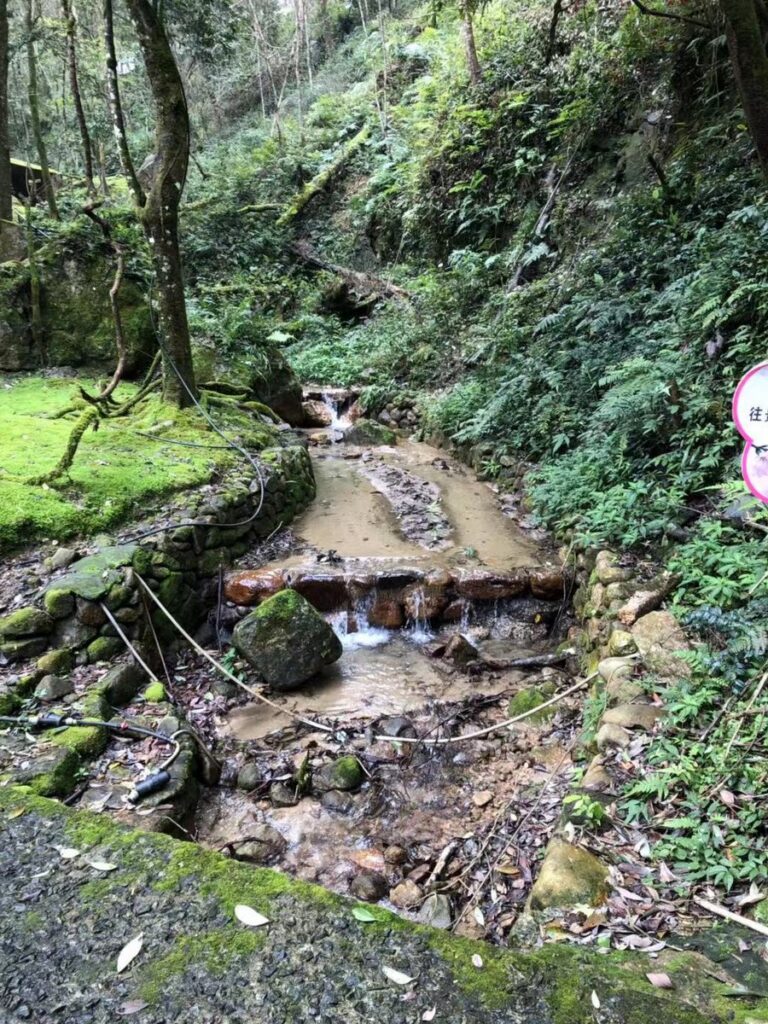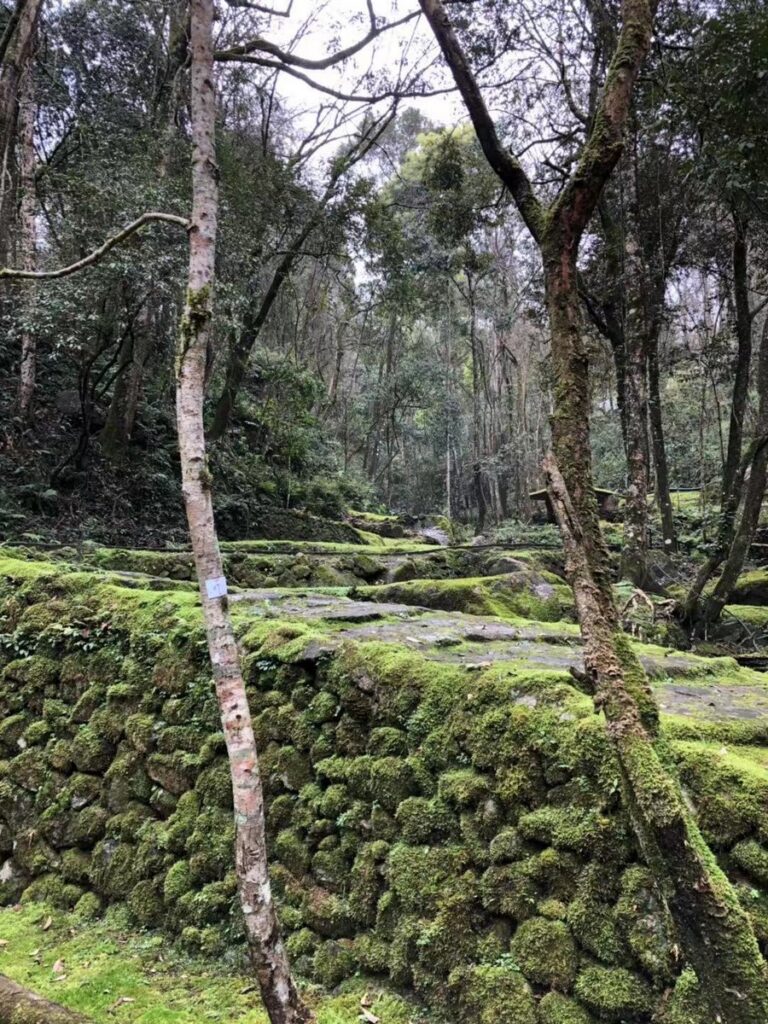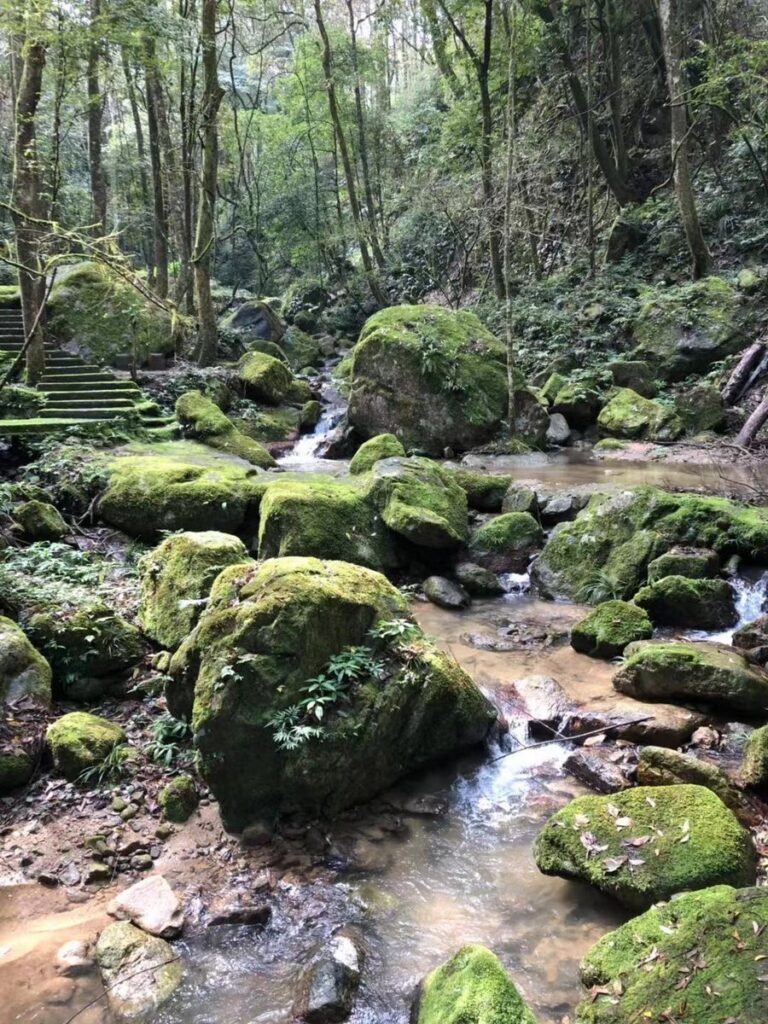Location has a huge impact on the success or failure of a distillery. From the obvious aspects such as costs, climate and logistics, to the less obvious aspects like whether or not anyone would actually want to visit the place, there’s a lot to consider before breaking ground.
Choosing the right location was the first major decision that we had to make for the Nine Rivers Distillery project, and with China stretching across 9.5 million square kilometres (3.7 million square miles) the temptation was to simply throw a dart at a map and run with it.
Alas, brighter minds prevailed, so we came up with a list of three main factors that would affect the long-term commercial viability of our distillery, and at the very top of that list was, of course, water.
The water of life
Access to an abundance of clean, cold water is not only critical to making good whisky, it’s also an important element of branding. Truth be told, water is filtered and purified before it’s used to make spirits, so there’s no factual basis for claims that such-and-such whisky picks up unique flavors or compounds from the local water.
But – and this is important – direct access to a pristine source of water has a major impact on logistics and costs, and also on the mythos of a brand. Whisky’s the water of life, after all. We believe in our craft, and part of that belief is a commitment to using the best natural resources available. Our customers will be able to feel that, and that’s part of the story we want to share.
The impact of climate on whisky
The second priority for us was based on our collective view that some of the more interesting whiskies that have appeared on the market in recent years are considerably younger than your typical scotch. Certainly, we love a good age statement – and intend to craft some ourselves – but there’s also room for exploring the different effects that hotter climates have on whisky maturation.
For one, in hot summer climates with big swings between high and low temperatures, whisky will expand and contract with greater intensity. The process of pushing the spirits in and out of the wooden cask like this is where it derives the combination of tannins, vanillins and wood sugars that give each whisky its unique flavor.

Temperature also affects alcohol strength. The angels in hot climates are thirsty lasses, and they like to indulge in a much greater share of water from the cask, which is why barrels matured in Kentucky tend to increase in proof over time, whereas aging them in colder, wetter Scotland tends to bring the proof down.
A place worth visiting
The third and final item on our list was building the distillery in an area of outstanding natural beauty. We’re all nature lovers, and as craftsmen we’re inspired and guided by the environment that surrounds us.
A massive industrial estate or some crowded metropolis just isn’t the image we wanted. It’s not an environment we want to work in, it’s not an environment made for crafting whisky, and it’s certainly not an environment where our customers will want to come and spend a nice afternoon with their friends and family. So finding a nice idyllic location, while seemingly superficial, was actually quite important to us.
We found it in Fujian
The Fujian province in China has a rich and diverse history dating back to Neolithic times, with four separate coastal cultures and two distinct inland cultures – the oldest of which, the Keqiutou culture (壳丘头文化), dates back over 6000 years.
This diversity has flourished over the course of many dynasties, and it continues to the present day. Fujian Province was a huge trading center in ancient China. Long before it cropped up on the radars of merchants in the West, the Fujianese city of Quanzhou was one of China’s most bustling ports for foreign trade with Arabs and Persians.
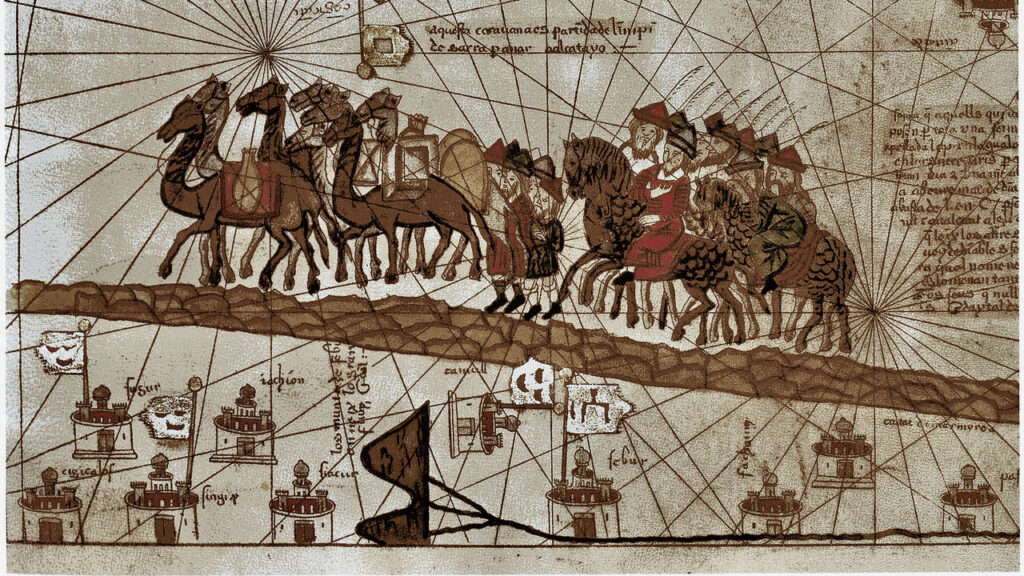
These early travellers traded, settled and grew their communities in the region all throughout the Tang (618–907 CE) and Southern Song (1127–1279 CE) dynasties. When Marco Polo visited Quanzhou (which he called ‘Zayton’ for some reason) in the late 13th century, he said it was ‘one of the two greatest havens in the world for commerce.’ At the time there were more than 100,000 Arab traders living in the region, and the mosques they built are still around today.
Skip forward more than 700 years and modern Fujian is home to 39 million people. The local vernacular, Fujianhua (福建话), typically called Hokkien in English, is considered to be the oldest Chinese language – older than both Cantonese and Mandarin.
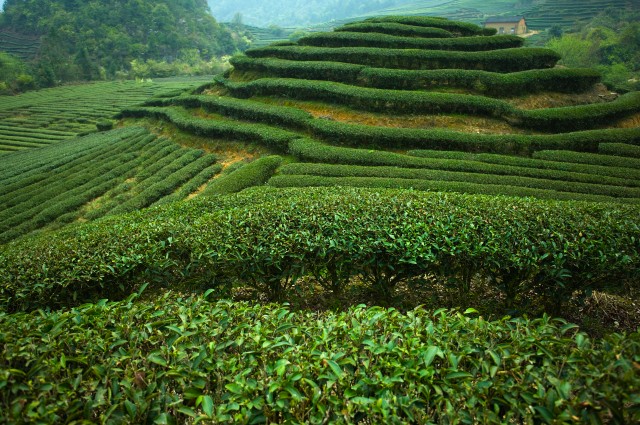
The terrain is hilly. The saying goes that Fujian is 80% mountain, 10% water, and 10% farmland. Due to this fact, the terrain is best suited to crops that prefer altitude and stony soils. It’s perfect for tea, something that Fujian is internationally famous for (as it will be for whisky), and at lower altitudes, the subtropical monsoon climate is well suited to most fruits and rice, the staple food for most of Asia.
Our location, where nine rivers meet
The site where we’re building our distillery is in Dachi Town, located in the Xin Luo district of Longyan.
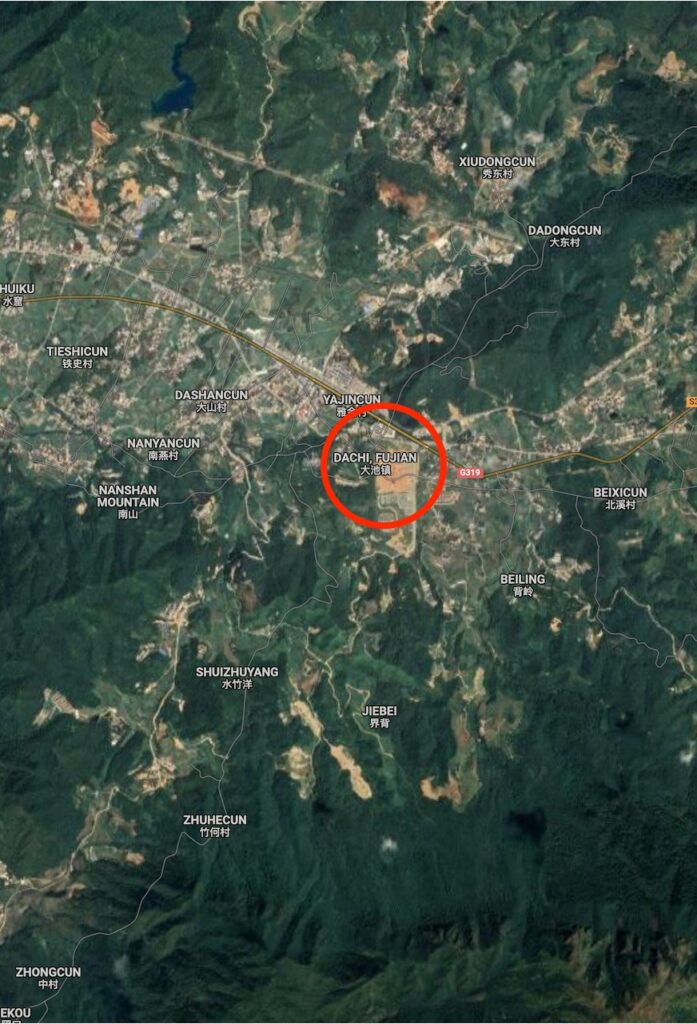
Longyan (龙岩) means ‘Dragon Rock’, a name derived from a nearby cavern filled with markings that, well, look like dragons. The local population is 2.5 million people, spread across one city, two districts and four counties.
Here is our land.
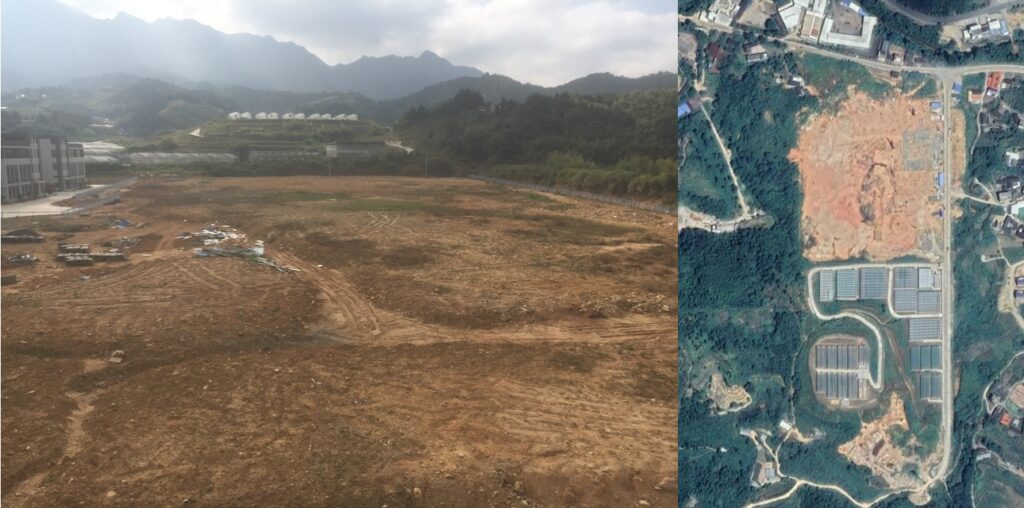
The future site of Nine Rivers Distillery in Longyan – site and satellite views
The GPS location is 25.117000, 116.813632, and you can view it here. It’s got everything we could have asked for – and more.
Checking all the right boxes
First, the water. Our water comes directly from a series of narrow, bubbling rivers that are fed by rainfall onto the Chiyantou (赤岩头) mountain, located directly south of our site. The same rainfall feeds a three-million cubic meter reservoir to the south of the mountain.
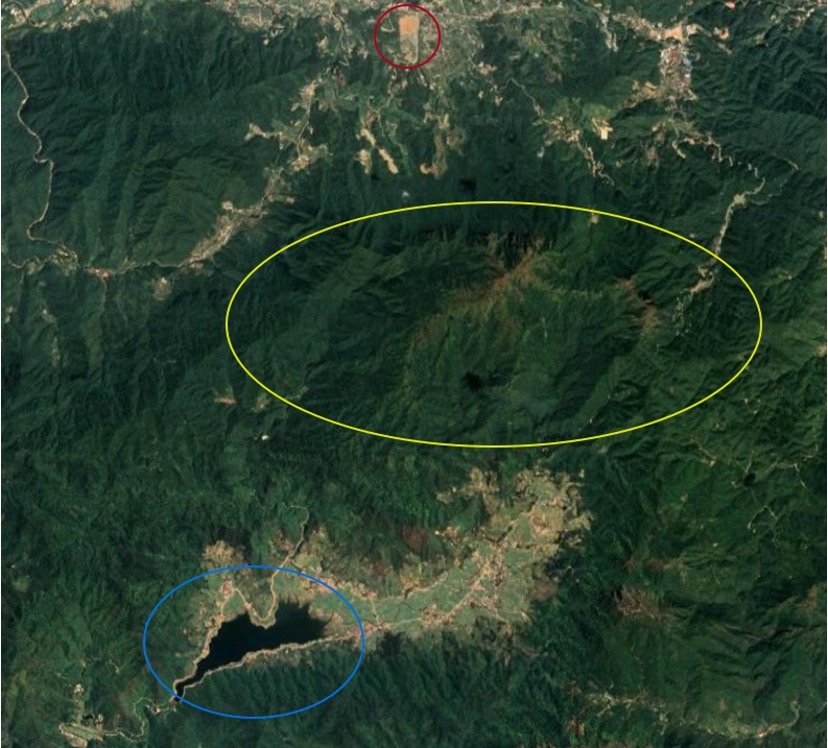
Rainfall on Chiyantou mountain feeds the streams that provide the water for our whisky
In the image above, our site is circled in red. Chiyantou mountain is in yellow, and the reservoir is marked in blue.
So, good water? Check. You can’t get a cleaner, more prolific source of water than this. We love it so much, in fact, that we named our distillery after the nine narrow rivers that twist and turn down to our site from the heights Chiyantou mountain.
Next, climate
Fujian is close to the Tropic of Cancer, so it’s a subtropical climate. Average daytime temperatures range from 15 to 35 degrees Celsius.
Our site is at an altitude of 555 meters, so it’s cooler than the average for the province. As noted above, sharp fluctuations in temperature, along with cooler areas to store and mature our spirits, is going to be key to unlocking the rich array of flavors that come with younger whiskies.
We can safely tick that box too.
Finally, a pristine natural environment.
Well, just check it out for yourself.
Forests cover nearly 79% of the land that surrounds our site, which is unusually lush for an already lush region. Even without the promise of whisky, it’s a place that we ourselves would love to visit on the weekends, and we’re pretty sure our customers will like it too.
It’s so nice, in fact, that a massive national forest and wildlife reserve – The Meihuashan National Nature Reserve – is just a hop, skip and a jump away.
So water, climate and nature. That’s three for three, and we know you’re going to love it.
This is Part Two in a series detailing the story of Nine Rivers Distillery. CLICK HERE for Part One
Would You Like To Read More?
If you enjoyed reading this, and you would like to catch up with some of our past articles, then please CLICK HERE and go to our News Section, where most of our other content is published.
Follow Us
If you have enjoyed reading this and want to learn more about Nine Rivers Distillery, then use the QR Code below to follow our WeChat Official Account.

Alternatively, if you prefer Linked In then you can CLICK HERE to follow us.
Facebook users, you can CLICK HERE.
